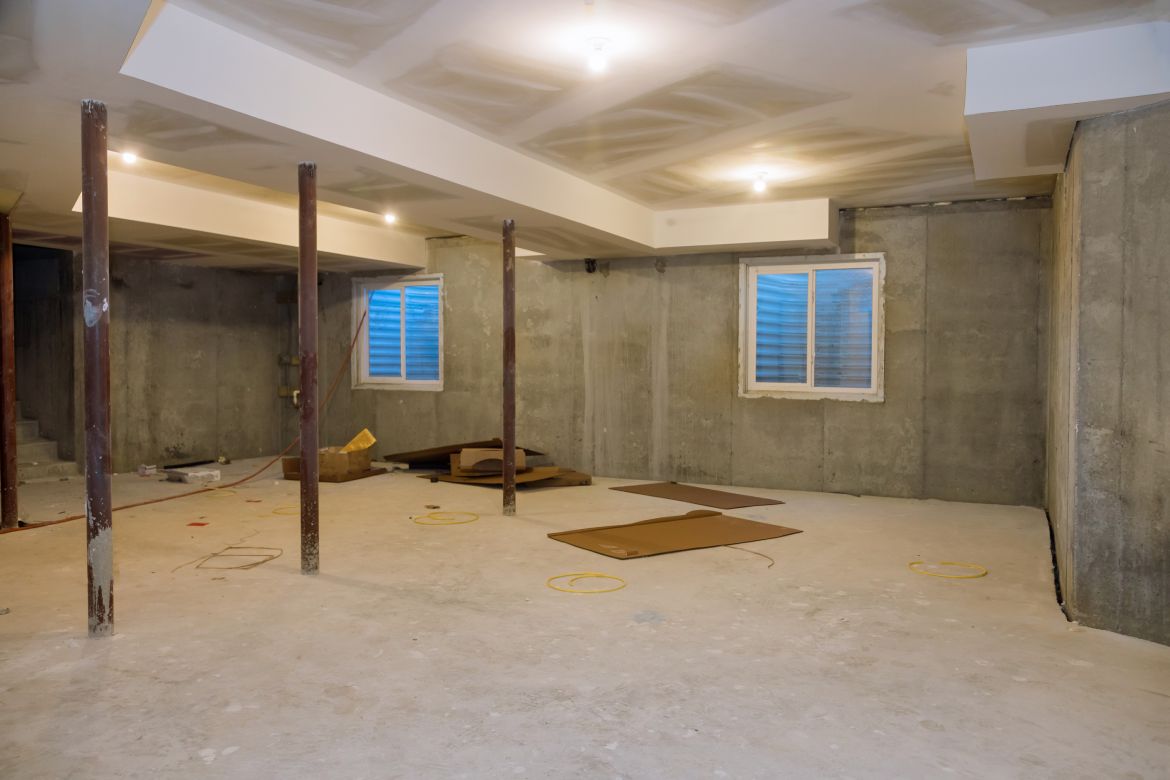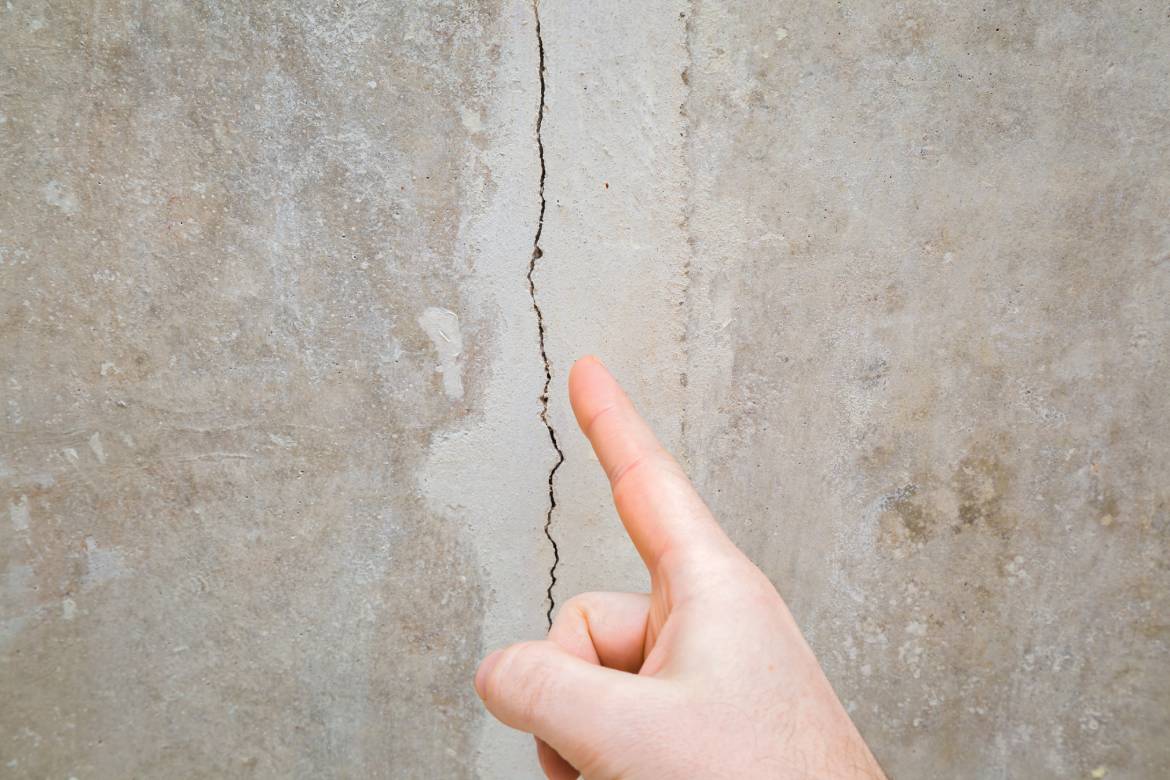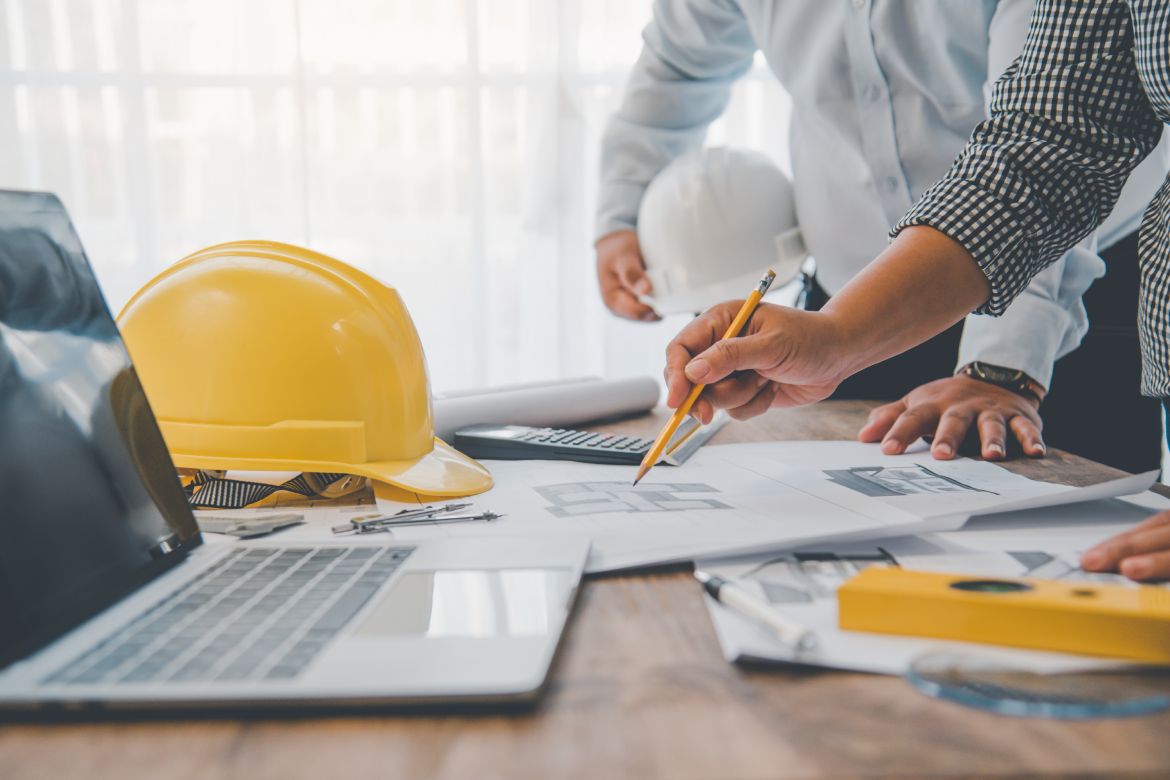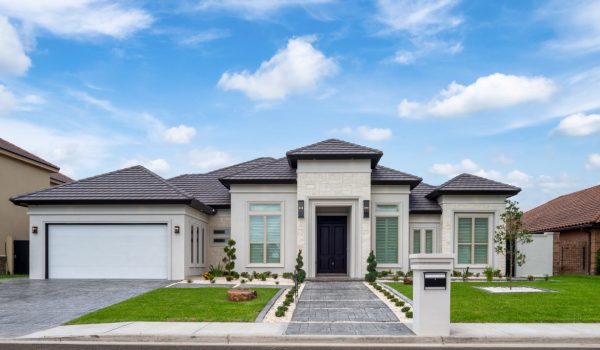Why is Underpinning Important, And How Can It Save Your Home?
What is underpinning?

Underpinning is a process by which you can strengthen, repair, or even increase the depth of your home’s foundation. It will require a team of experts to come in and gauge the general layout of your home, inspect your foundation, and begin working and digging in a manner that allows for maximum depth acquisition with minimum foundational damage. In fact, this process may seem invasive, but it further reinforces the already existing foundation of your home. The process essentially works by lowering the footing of the house, thus adding depth and allowing more crawl space.
Not only is your home growing old with you, but it also needs the same kind of occasional upkeep to keep its bones strong. Underpinning is a process that will give your home an additional space. It can also keep your house standing longer than it might have been without the underpinning.
How can underpinning save your home?

Underpinning can also, in many cases, very much save your home. Given below is a list of benefits you could hope to reap with the home underpinning:
- Compared to other home renovations, the underpinning process is much less hassle and pays for a lot more gain. Since the entire process takes place in the basement, the team you hire will remove any debris via a conveyor belt through a hole in the basement and not clog your living area with workers, dust, and debris.
- It will substantially increase the headspace in your basement, thus making it a more viable place to hang out. Now that you don’t have to bend your head as you navigate your way across it, the space should be much more welcoming. This will open up avenues of new uses for the new room, with potentials ranging from a playroom for the kids to even a study for anybody so inclined.
- If the plumbing, electrical wiring, and heating in your home were not installed or even just outdated, underpinning would provide you the perfect opportunity to install or even upgrade all these systems to make your home even more comfortable than it was before.
- Sometimes your home may have been built in an area with a type of soil that doesn’t guarantee its long-term foundation, or the soil in the area could have changed over the years. Other than these reasons, natural disasters like earthquakes and hurricanes may have weakened your home’s foundation. In such cases, underpinning is crucial for your safety and the sake of your house’s longevity.
Methods of home underpinning

There are three main methods by which you can go about the process of home underpinning:
- The concrete slab: Used most commonly, this method strengthens and increases the size of the foundation.
- The screw pile: This method involves using steel piers and a concrete footing, which secure the foundation and lift it back to its original position, thus allowing cracks and gaps to close up. This new technique is considered a permanent solution that will not waver when there are soil or ground changes.
- The grout or resin injection: While not technically underpinning, this method involves strengthening the home’s foundation by injecting grout or resin into the ground to fill up voids that may have appeared under the slab. It then expands and compresses the ground. Compared to the other two mentioned methods, this is not one often undertaken as it does not work for all soil types and tends to be a more expensive procedure.
So, does your home need underpinning?

There are several things even a layman can be on the lookout for while deciding whether their home needs underpinning. If you have observed cracks in places like the plaster, wall, and floor times or on brickwork, render, and concrete slabs in and around your home, they might be the reason to be wary.
Be sure not to jump to hasty conclusions, though, as it may take a good amount of observation to determine whether these cracks are getting worse. If your floor feels uneven and things don’t fall right, other things in the house also get misaligned, like doors and staircases, an underpinning may be due.
If you see your doors and windows pulling away from their frames or leaning in odd directions, your foundation may be at fault and may need your attention. While all these methods of self-diagnosing your home may be good to know, be sure to consult with a trusted professional and get a proper appraisal before you decide to start the underpinning process in your home.




